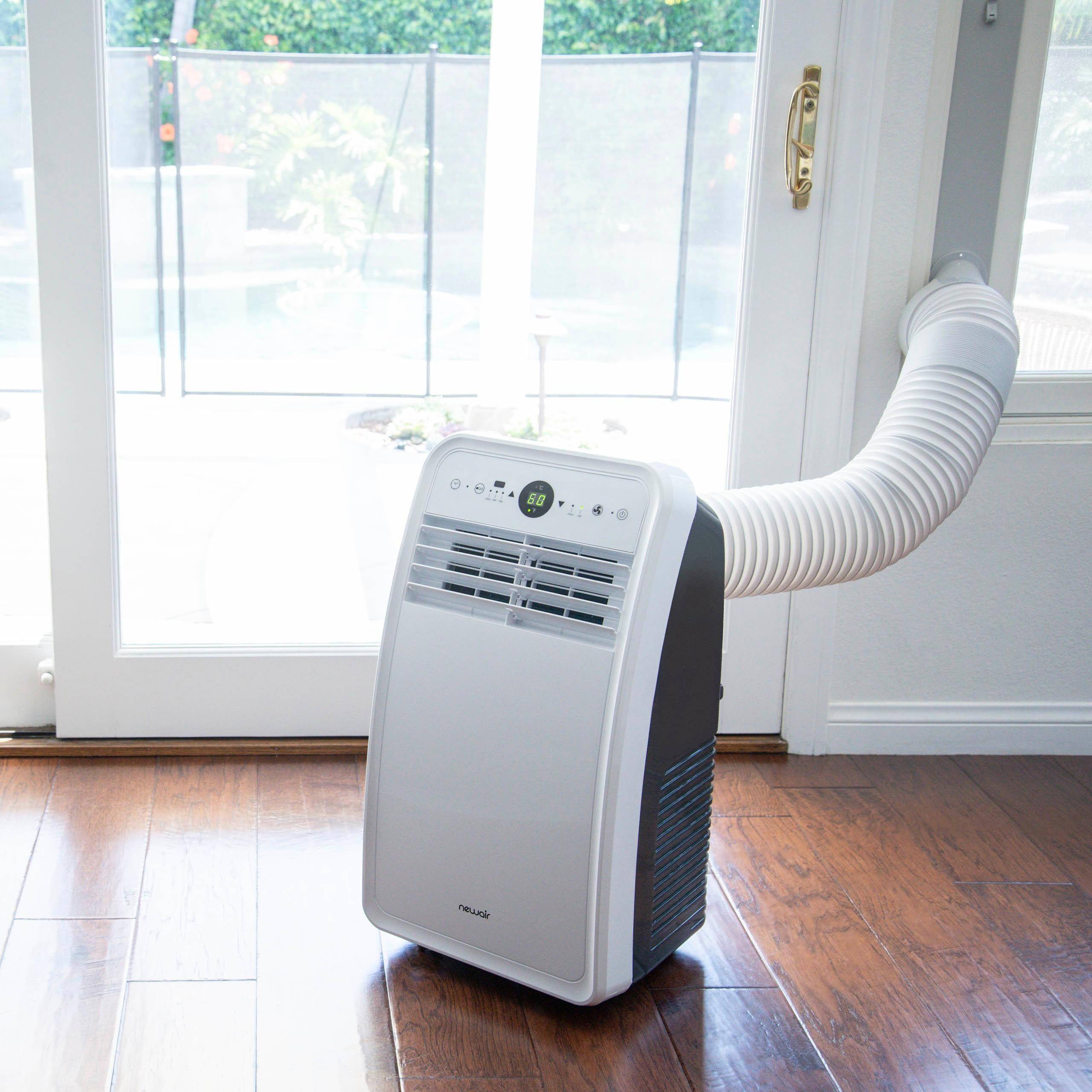

Articles
How Do Portable AC Units Work
Modified: January 18, 2024
Learn how portable AC units work in this informative article. Find out how they cool the air, remove humidity, and offer convenience for any space.
(Many of the links in this article redirect to a specific reviewed product. Your purchase of these products through affiliate links helps to generate commission for Storables.com, at no extra cost. Learn more)
Introduction
Portable air conditioning (AC) units have become increasingly popular for providing cooling comfort in homes, offices, and even outdoor spaces. These compact and versatile units offer a convenient alternative to traditional central air conditioning systems, particularly in spaces where installation of fixed cooling systems may not be feasible or cost-effective.
In this article, we will explore the basic principles behind how portable AC units work, their components, the air cooling process, exhaust systems, condensation and evaporation mechanisms, heat transfer mechanisms, energy efficiency ratings, benefits and limitations, as well as maintenance and care tips for these units.
Understanding how portable AC units function will not only help you make an informed decision when purchasing one, but also allow you to optimize the cooling performance and longevity of the unit throughout its lifespan.
So, let’s dive in and unravel the inner workings of portable AC units!
Key Takeaways:
- Understanding the inner workings of portable AC units, from the refrigeration cycle to the exhaust system, empowers users to make informed decisions when purchasing, operating, and maintaining these versatile cooling solutions.
- Regular maintenance, proper sizing, and energy-saving practices are essential for optimizing the performance, energy efficiency, and longevity of portable AC units, ensuring a comfortable and cost-effective cooling experience.
Read more: How To Drain Portable AC
Basic Principles of Portable AC Units
Portable AC units operate on the same basic principles as traditional air conditioning systems. They work by removing hot air from a space and replacing it with cool, conditioned air. The key difference is that portable units are self-contained and do not require permanent installation.
These units use a refrigeration cycle to cool the air. The process starts with the intake of warm air from the room. This air is pulled into the unit through an intake vent and passes over a set of coils containing a refrigerant, usually a chemical called R-410A or R-32. The refrigerant absorbs the heat from the air, causing it to turn into a gas.
The warm air is then exhausted through an exhaust vent, often utilizing a flexible hose that leads outside or into a nearby window. This allows the unit to expel the heat generated during the cooling process outside the space. The cool air is released back into the room, reducing the temperature and creating a comfortable environment.
To maintain optimal cooling performance, portable AC units rely on a thermostat. The thermostat senses the temperature of the room and signals the unit to cycle on or off accordingly. Once the desired temperature is reached, the unit will shut off temporarily until the temperature rises again.
Some portable AC units also feature additional modes, such as fan-only mode, which circulates the air without cooling, dehumidifier mode, which removes excess moisture from the air, and sleep mode, which adjusts the unit’s settings for quieter operation during nighttime use.
Now that we understand the basic principles, let’s take a closer look at the components that make portable AC units function effectively.
Components of Portable AC Units
Portable AC units consist of several key components that work together to cool and circulate air. Understanding these components will give you a better understanding of how the unit operates:
- Compressor: The compressor is the heart of the AC unit. It compresses the refrigerant gas, increasing its pressure and temperature.
- Evaporator: The evaporator is responsible for absorbing heat from the room. It contains a set of coils that are cooled by the refrigerant as it evaporates into a gas.
- Condenser: The condenser is located outside the unit and is responsible for releasing heat to the surrounding environment. It contains a set of coils that dissipate heat as the refrigerant condenses into a liquid.
- Air Filter: The air filter helps to purify the air by trapping dust, pollen, and other particles. It should be cleaned or replaced regularly to maintain optimal air quality and airflow.
- Fan: The fan circulates the air within the unit and helps to distribute the cool air throughout the room. It also facilitates the exchange of heat between the condenser and the outside environment.
- Control Panel: The control panel houses the various settings and controls of the AC unit. It typically includes buttons or a digital display for adjusting the temperature, fan speed, mode, and timer function.
- Exhaust Hose: The exhaust hose serves as an outlet for hot air to be expelled from the unit. It is usually made of flexible material and can be extended or adjusted to fit various window sizes or ventilation openings.
- Water Tank or Drainage System: Portable AC units extract moisture from the air as it cools. Some units collect this water in a dedicated tank that needs to be emptied periodically, while others have a built-in drainage system that removes the water automatically.
These components work together to create a continuous cycle of cooling and air circulation, allowing the portable AC unit to effectively cool and condition the air within a space.
Air Cooling Process
The air cooling process of a portable AC unit involves several stages that work together to lower the temperature and provide a comfortable environment:
- Air Intake: The portable AC unit draws in warm air from the room through the intake vent. This air is typically filtered to remove dust and other pollutants.
- Heat Absorption: The warm air passes over the evaporator coils, which contain the refrigerant. As the refrigerant evaporates into a gas, it absorbs heat energy from the air, causing the air to cool down.
- Moisture Removal: As the air cools, moisture in the air condenses on the evaporator coils. This excess moisture is collected in a water tank or drained out through a drainage system, reducing humidity levels in the room.
- Cool Air Release: The cooled air is then released back into the room through the front vent of the portable AC unit. The fan helps to circulate the air and distribute it evenly throughout the space.
This continuous process of drawing in warm air, cooling it, removing moisture, and releasing cool air helps to lower the overall temperature in the room and create a more comfortable environment.
It’s worth noting that portable AC units are designed to cool smaller spaces or specific areas rather than large rooms or entire houses. The cooling capacity of a portable unit is measured in British Thermal Units (BTUs), and it is essential to choose a unit with a BTU rating suitable for the size of the space you intend to cool.
Now that we understand how the air cooling process works, let’s explore the exhaust system of portable AC units.
Exhaust System
The exhaust system is a critical component of portable AC units that plays a vital role in the cooling process. It serves two main purposes: expelling hot air from the unit and creating a pathway for fresh air to enter.
Portable AC units use an exhaust hose to vent hot air outside. This hose is typically made of heat-resistant material and is connected to the back of the unit. The other end of the hose is directed to an open window, a specially designed vent, or a drop ceiling. Some units may also have an adapter to fit the hose into a sliding glass door or a wall opening.
When the AC unit is in operation, the exhaust system works by:
- Expelling Hot Air: As the refrigerant absorbs heat from the warm air, it releases hot air as a byproduct. This hot air is pushed out of the unit through the exhaust hose, preventing it from recirculating within the room.
- Creating Negative Pressure: As hot air is expelled, it creates a negative pressure within the room. This negative pressure draws fresh, cooler air from the surrounding area into the room, helping to maintain a steady airflow and temperature.
It is important to ensure that the exhaust hose is properly installed and securely sealed to prevent hot air from leaking back into the room. Any gaps or leaks can significantly impact the efficiency and effectiveness of the portable AC unit.
Additionally, it is crucial to consider the length and placement of the exhaust hose. Longer hoses or excessively bent hoses can restrict the airflow and reduce the cooling efficiency. It is recommended to keep the hose as straight and short as possible, avoiding sharp bends or kinks.
In cases where venting through a window is not feasible, alternative methods such as drop ceiling vents or specially designed venting systems can be utilized. These options allow the hot air to be expelled outside while preventing it from recirculating into the room.
Understanding the importance of the exhaust system and properly venting the hot air will ensure optimal cooling performance and prevent overheating of the portable AC unit.
Read more: How To Clean Portable AC Filter
Condensation and Evaporation
Condensation and evaporation are essential processes in the functioning of a portable AC unit. These processes play a crucial role in removing heat from the air and facilitating the cooling of the room.
When warm air from the room enters the AC unit, it passes over the evaporator coils. These coils contain a cold refrigerant, typically in liquid form. The warm air causes the refrigerant to evaporate, transforming it into a gas.
As the refrigerant evaporates, it absorbs heat energy from the air that is passing over the coils. This absorption of heat causes the air to cool down, resulting in a drop in temperature.
Simultaneously, condensation occurs on the evaporator coils as the warm air loses its moisture. This moisture condenses into water droplets, which are collected in a water tank or drained out through a built-in drainage system.
The evaporation and condensation process allows the portable AC unit to cool the air effectively while also reducing the humidity levels in the room. By removing excess moisture from the air, the unit helps to create a more comfortable and breathable environment.
It is important to note that the cooling capacity and efficiency of a portable AC unit can be influenced by the temperature and humidity levels in the room. Higher temperatures and humidity levels may result in more condensation and a higher cooling load on the unit.
To maximize the cooling performance, it is recommended to operate the portable AC unit in a well-ventilated space and ensure that the drainage system or water tank is regularly maintained to prevent overflow.
Now that we understand the condensation and evaporation process, let’s explore the heat transfer mechanism employed by portable AC units.
Heat Transfer Mechanism
The heat transfer mechanism is a fundamental aspect of how portable AC units cool the air. It involves the transfer of heat energy from the warm air in the room to the refrigerant in the AC unit.
This process follows the principles of thermodynamics, specifically the Second Law of Thermodynamics, which states that heat will naturally flow from a region of higher temperature to a region of lower temperature.
Here is a step-by-step breakdown of the heat transfer mechanism in portable AC units:
- Evaporator Coil: As warm air from the room enters the AC unit, it flows over the evaporator coils. The refrigerant inside these coils absorbs heat energy from the air.
- Heat Absorption: The heat energy causes the refrigerant to evaporate, transforming it from a liquid to a gas. This absorption of heat from the air lowers the temperature of the air.
- Refrigerant Compression: The compressor in the AC unit compresses the gas refrigerant, increasing its pressure and temperature.
- Condenser Coil: The high-pressure hot gas refrigerant flows through the condenser coils, located outside the unit. As the refrigerant condenses into a liquid, it releases the heat energy it absorbed from the air.
- Heat Dissipation: The release of heat energy through the condenser coils expels the hot air to the external environment, effectively removing the heat from the system.
This continuous cycle of heat absorption, refrigerant compression, and heat dissipation allows the portable AC unit to cool the air in the room. It works by extracting heat energy from the warm air and transferring it to the refrigerant, ultimately removing the heat from the space.
It is essential to note that the cooling efficiency of portable AC units can be influenced by factors such as the ambient temperature outside the unit, the quality and insulation of the room, and the airflow and ventilation in the space.
By understanding the heat transfer mechanism, you can better appreciate how portable AC units effectively cool the air, providing you with a comfortable environment, even during hot summer days.
When using a portable AC unit, make sure to properly vent the hot air outside through a window or vent to maximize its cooling efficiency.
Energy Efficiency of Portable AC Units
Energy efficiency is a crucial aspect to consider when purchasing a portable AC unit. An energy-efficient unit not only helps to reduce your carbon footprint but also saves you money on your energy bills over time.
The energy efficiency of a portable AC unit is determined by its Seasonal Energy Efficiency Ratio (SEER) rating. SEER is a measure of the cooling output (in BTUs) divided by the energy input (in watt-hours) over an entire cooling season.
Higher SEER ratings indicate greater energy efficiency. The minimum SEER rating for portable AC units in most countries is typically around 9 or 10, while more efficient models can have SEER ratings of 12 or higher.
There are several factors that can affect the energy efficiency of a portable AC unit:
- Size of the Unit: Choosing the right-sized portable AC unit for your space is crucial. An oversized unit may cycle on and off frequently, resulting in inefficient cooling and increased energy consumption. Conversely, an undersized unit may have to work harder to cool the space, leading to higher energy usage. Consulting the manufacturer’s guidelines or seeking professional advice can help you determine the appropriate size for your needs.
- Insulation and Sealing: Proper insulation and sealing of doors, windows, and other openings in the room can greatly improve energy efficiency. Insulation helps to keep the cool air trapped inside, reducing the workload on the portable AC unit and minimizing energy wastage.
- Programming and Timer Functions: Many portable AC units come with programmable features and timer functions. You can schedule the unit to turn on and off at specific times, allowing you to cool the space only when needed. This helps to conserve energy by avoiding unnecessary operation and reduces energy consumption during periods when the room is unoccupied.
- Clean Filters and Proper Maintenance: Regularly cleaning or replacing the air filters in your portable AC unit is essential for both optimal cooling performance and energy efficiency. Clogged filters restrict airflow, forcing the unit to work harder and consume more energy. Additionally, scheduling routine maintenance and cleaning of the unit’s components will ensure that it operates efficiently.
By selecting an energy-efficient portable AC unit and employing these energy-saving practices, you can minimize your environmental impact and save money on your energy bills while enjoying the benefits of cooling comfort.
Now that we’ve explored the energy efficiency aspect of portable AC units, let’s delve into the benefits and limitations of these systems.
Benefits and Limitations of Portable AC Units
Portable AC units offer several benefits that make them a popular choice for cooling residential and commercial spaces. However, like any cooling system, they also have limitations. Let’s take a closer look at the advantages and limitations of portable AC units:
Read more: How Does A AC Compressor Work
Benefits:
- Portability: As the name suggests, portability is a significant advantage of these units. They are designed to be easily movable, allowing you to cool different rooms or areas as needed.
- No Installation Required: Unlike traditional air conditioning systems, portable AC units do not require permanent installation. They can be set up quickly and easily without the need for professional help.
- Versatility: Portable AC units are versatile and can be used in various settings, including homes, offices, server rooms, RVs, or outdoor spaces. They provide a convenient cooling solution wherever you need it.
- Cost-Effective: Portable AC units are typically more affordable than central air conditioning systems. They also allow you to cool specific areas rather than the entire house, helping to lower energy costs.
- Suitable for Renters: If you’re renting a property, portable AC units offer a viable cooling solution. They can be easily moved when you relocate, allowing you to take your cooling comfort with you.
Limitations:
- Cooling Limitations: Portable AC units are most effective in cooling small to medium-sized spaces. They may not be as efficient in cooling larger rooms or entire houses.
- Noisy Operation: Depending on the model, portable AC units can produce significant noise during operation. This can be a concern for those who require quiet environments, such as bedrooms or study areas.
- Exhaust System Requirements: Portable AC units require an exhaust system to vent hot air outside. This may involve setting up the exhaust hose in a window, which can restrict the use of that window and may not be suitable for all spaces or window types.
- Water Maintenance: Portable AC units extract moisture from the air, which needs to be collected in a water tank or drained out. Regular maintenance is required to empty or manage the water, ensuring proper functioning of the unit.
- Limited Cooling Capacity: While portable AC units can provide effective cooling, they might struggle to cool spaces in extremely hot climates or areas with high heat loads.
Understanding the benefits and limitations of portable AC units allows you to make an informed decision about whether they are the right cooling solution for your specific needs and circumstances.
Now, let’s explore some essential maintenance and care tips to optimize the performance and longevity of your portable AC unit.
Maintenance and Care Tips for Portable AC Units
Maintaining and caring for your portable AC unit is crucial to ensure its optimal performance, energy efficiency, and prolong its lifespan. Here are some essential maintenance and care tips to keep in mind:
- Clean or Replace Air Filters: Regularly clean or replace the air filters in your portable AC unit. Clogged or dirty filters restrict airflow, reducing the unit’s efficiency and cooling performance. Clean filters will also improve indoor air quality.
- Check and Clean the Condenser Coils: The condenser coils on the back or side of the AC unit can accumulate dust and debris over time. Check and clean them periodically to ensure optimal heat dissipation and energy efficiency. Use a soft brush or vacuum to remove any buildup gently.
- Inspect and Clean the Exhaust Hose: Check the exhaust hose for any kinks, bends, or obstructions. Make sure it is properly attached to both the unit and the window or vent. Clean the hose regularly to remove dust and debris that can hinder airflow.
- Monitor and Empty the Water Tank: If your portable AC unit collects water in a tank, monitor the water level regularly. Empty it when necessary to prevent overflow. Follow the manufacturer’s instructions regarding proper water disposal or drainage.
- Keep the Surrounding Area Clean: Keep the area around the portable AC unit clean and free from obstacles or debris that can obstruct airflow. Ensure that there is proper ventilation around the unit to facilitate heat dissipation.
- Use Window Seal Kits or Insulation: If you are venting the exhaust hose through a window, consider using a window seal kit or insulation to create a better seal. This will prevent hot air from entering the room and improve energy efficiency.
- Schedule Professional Maintenance: Consider scheduling professional maintenance for your portable AC unit annually or as recommended by the manufacturer. A professional technician can inspect and service the unit, identifying any issues and ensuring its optimal performance.
- Store Properly when not in Use: When not in use, make sure to clean and dry the portable AC unit thoroughly. Store it in a cool, dry location, protected from dust and debris. Follow the manufacturer’s instructions for proper storage to prevent damage.
Following these maintenance and care tips will help to maximize the efficiency, cooling performance, and lifespan of your portable AC unit. Regular maintenance and proper care will also contribute to a healthier living space and save you money on energy costs.
Now that we’ve covered essential maintenance tips, let’s wrap up our article.
Conclusion
Portable AC units offer a convenient and versatile cooling solution for spaces where traditional air conditioning systems may not be feasible or cost-effective. Understanding how these units work and their components helps us appreciate the science behind their cooling capabilities.
By leveraging the basic principles of refrigeration, portable AC units are able to absorb heat from warm air, cool it using a compressor and evaporator coils, and release the heat outside through a condenser coil and exhaust system.
These units provide numerous benefits, including portability, easy installation, versatility, cost-effectiveness, and suitability for renters. However, it is important to acknowledge their limitations, such as noise generation, reliance on an exhaust system, and limitations on cooling larger spaces or extremely hot climates.
Evaluating the energy efficiency of portable AC units is crucial, as it determines both the environmental impact and the cost-effectiveness of using these cooling systems. Choosing a unit with a higher Seasonal Energy Efficiency Ratio (SEER) rating, proper sizing, and implementing energy-saving practices can help maximize efficiency.
To ensure optimal performance and longevity of your portable AC unit, regular maintenance and care are essential. Cleaning or replacing air filters, inspecting and cleaning condenser coils, checking and cleaning the exhaust hose, and monitoring the water tank are some key maintenance tasks to follow.
Considering these maintenance tips, as well as ensuring proper ventilation, keeping the surrounding area clean, using window seal kits or insulation, and scheduling professional maintenance, will contribute to the efficient operation of your portable AC unit.
Overall, portable AC units provide a flexible and effective cooling solution for various spaces. By understanding their inner workings and implementing proper maintenance, you can enjoy the benefits of these units while creating a comfortable and enjoyable environment.
Now that you have a comprehensive understanding of portable AC units, you can confidently make informed decisions when it comes to choosing, operating, and maintaining these cooling systems.
Frequently Asked Questions about How Do Portable AC Units Work
Was this page helpful?
At Storables.com, we guarantee accurate and reliable information. Our content, validated by Expert Board Contributors, is crafted following stringent Editorial Policies. We're committed to providing you with well-researched, expert-backed insights for all your informational needs.
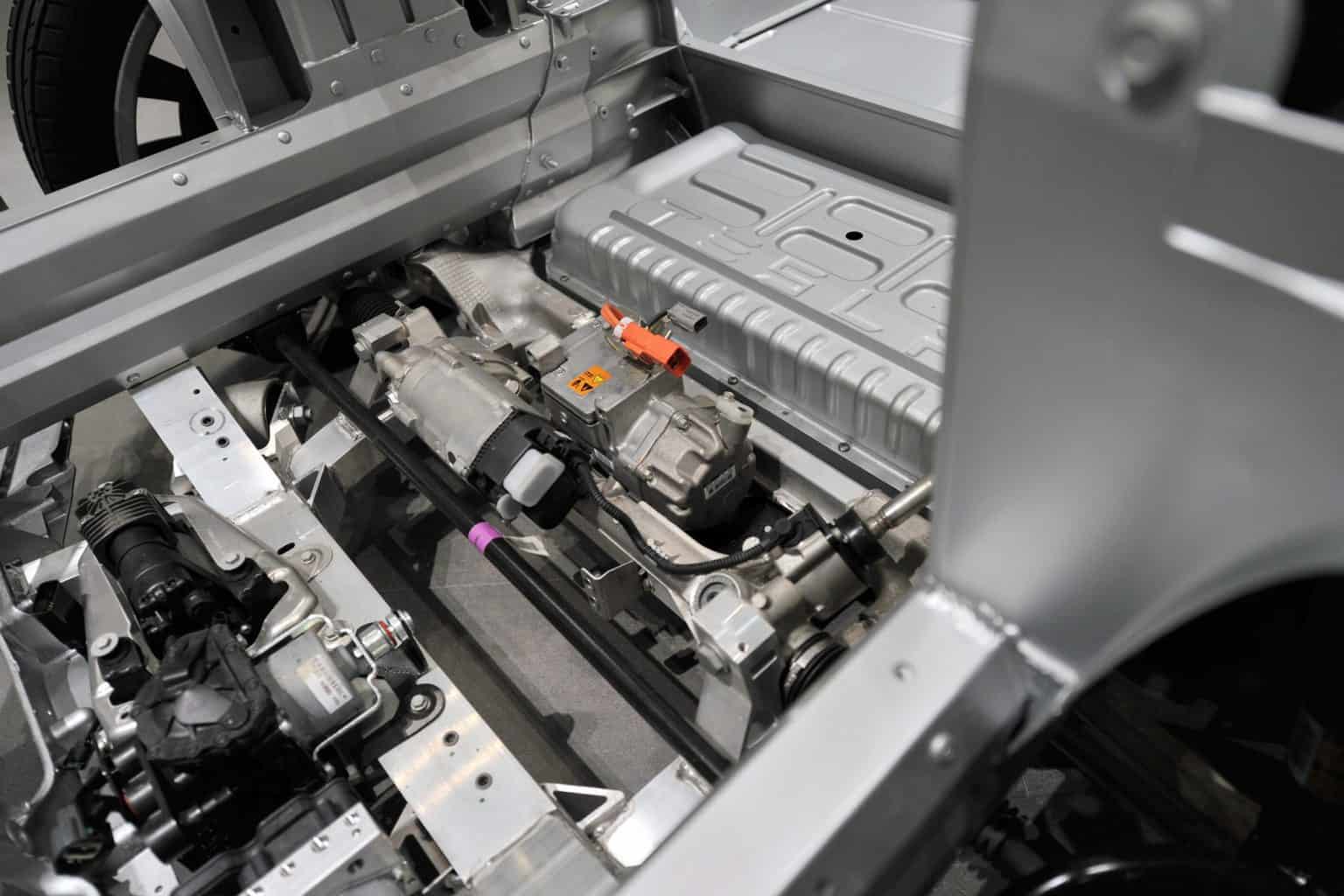
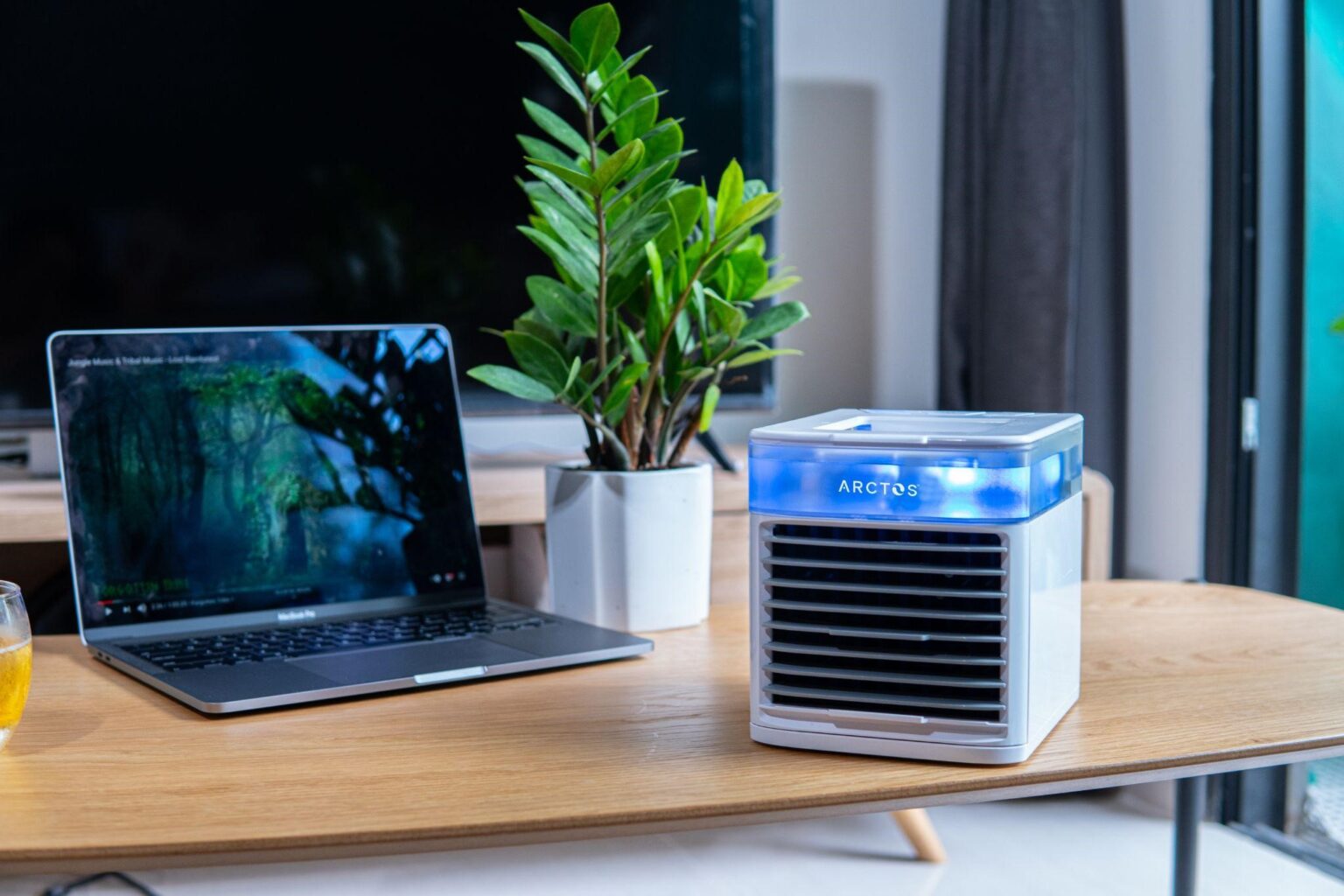
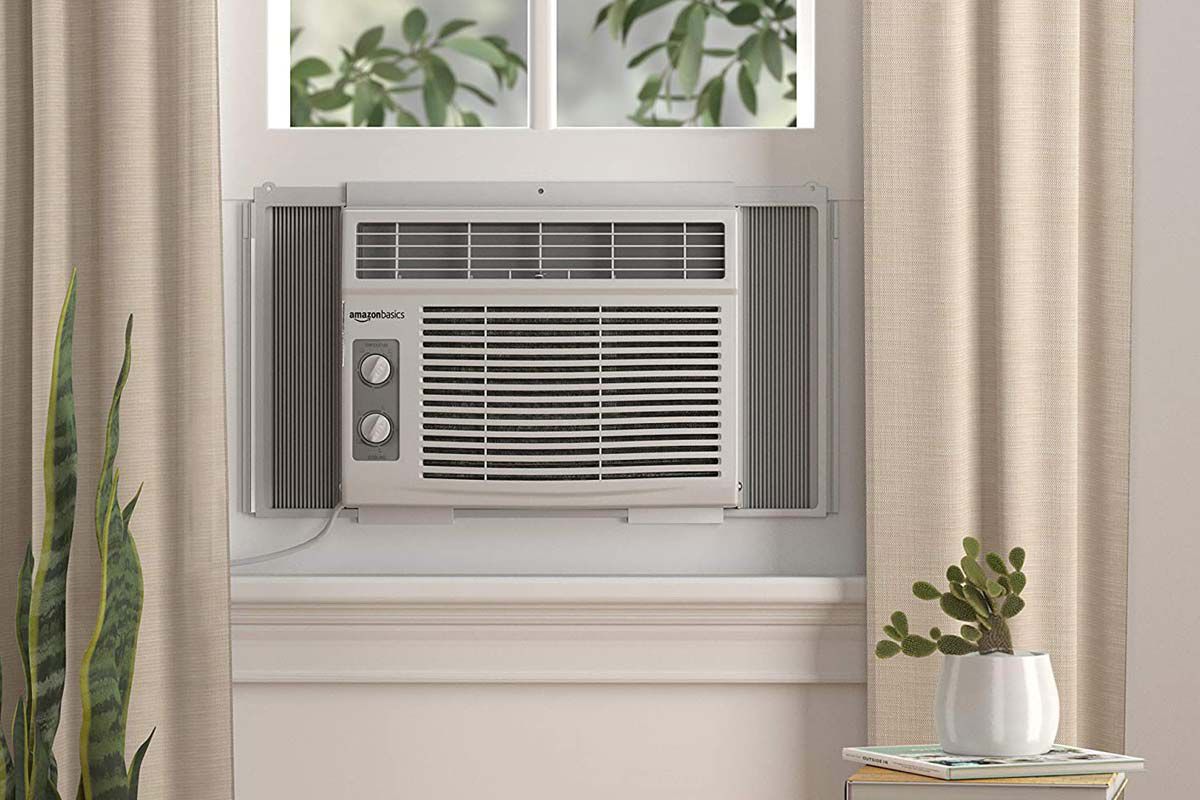
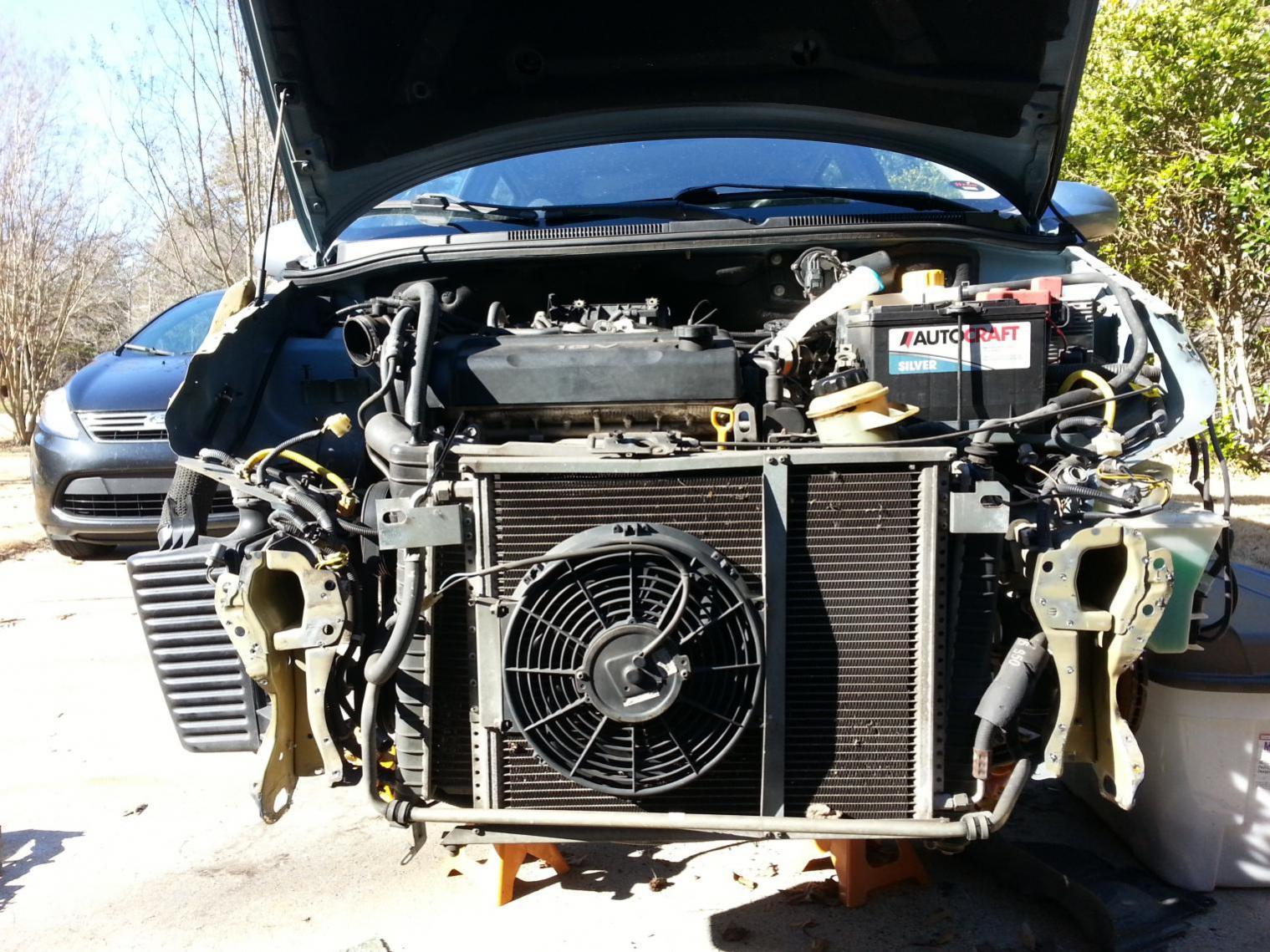
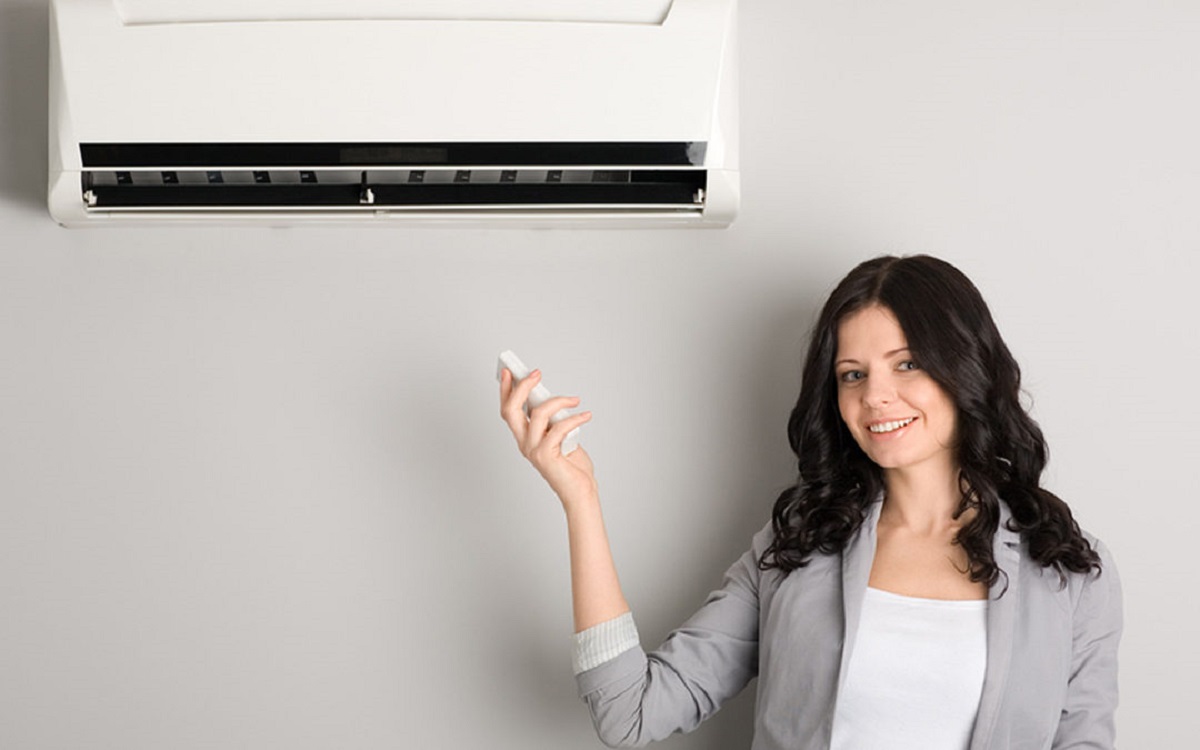
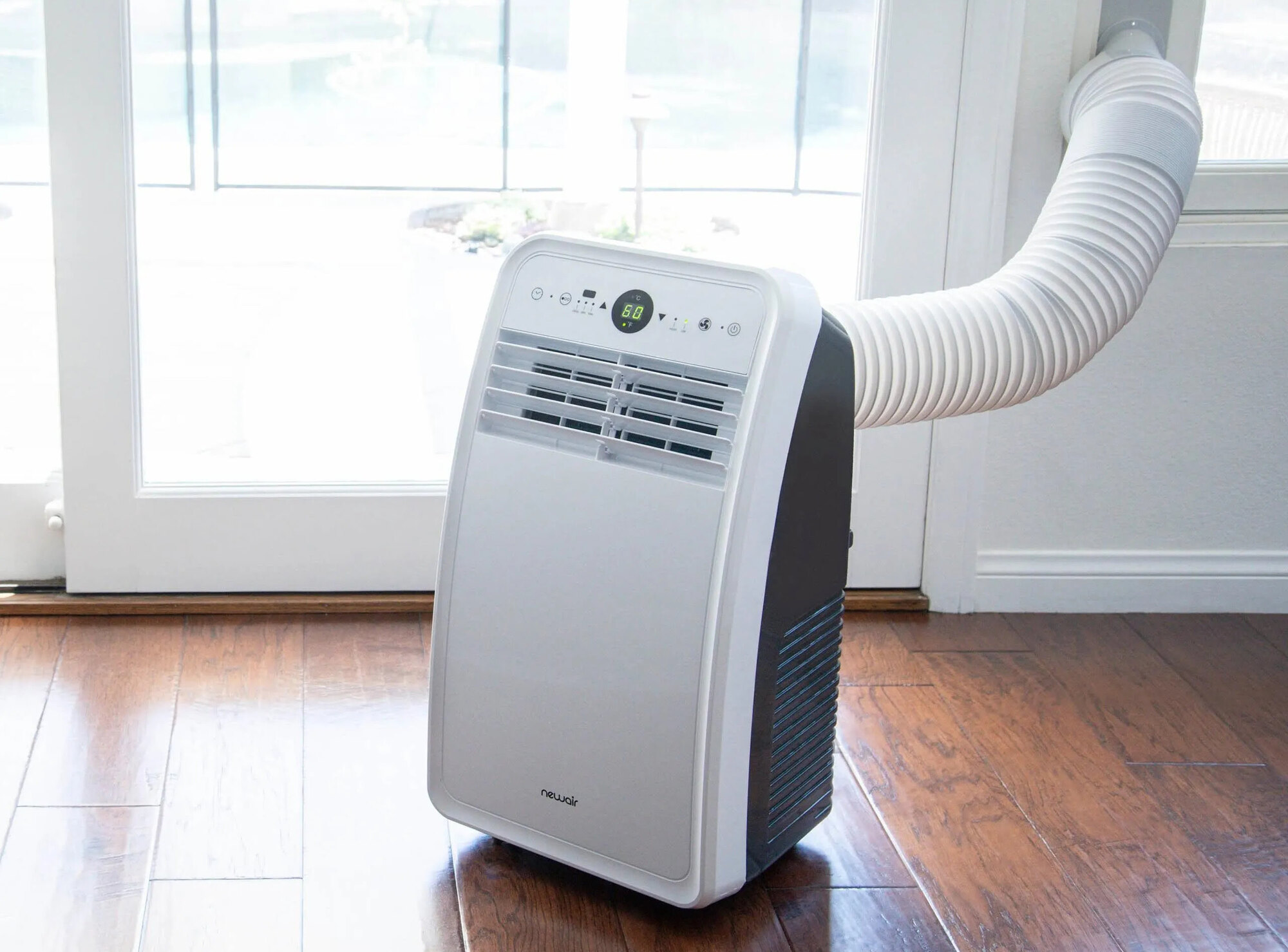
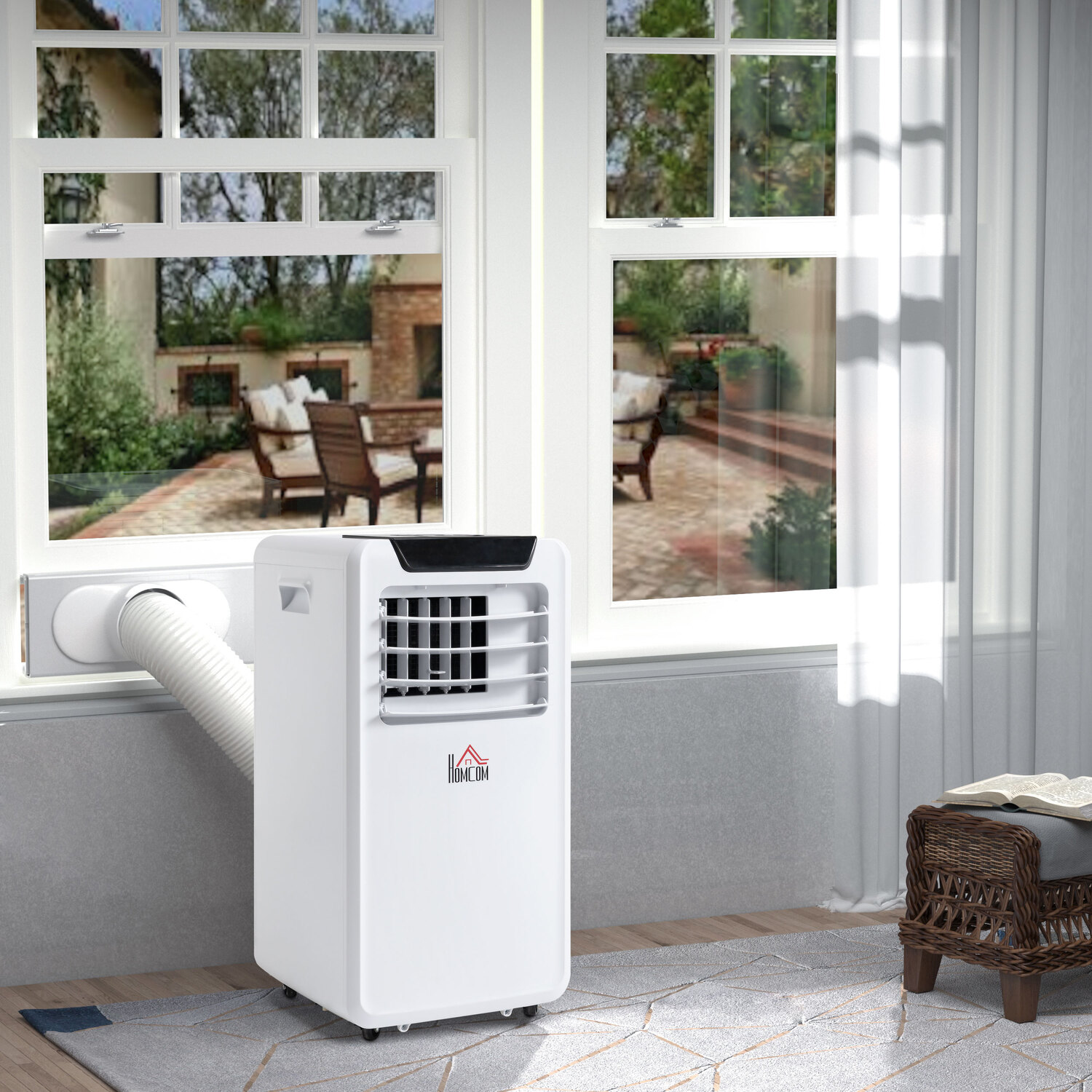
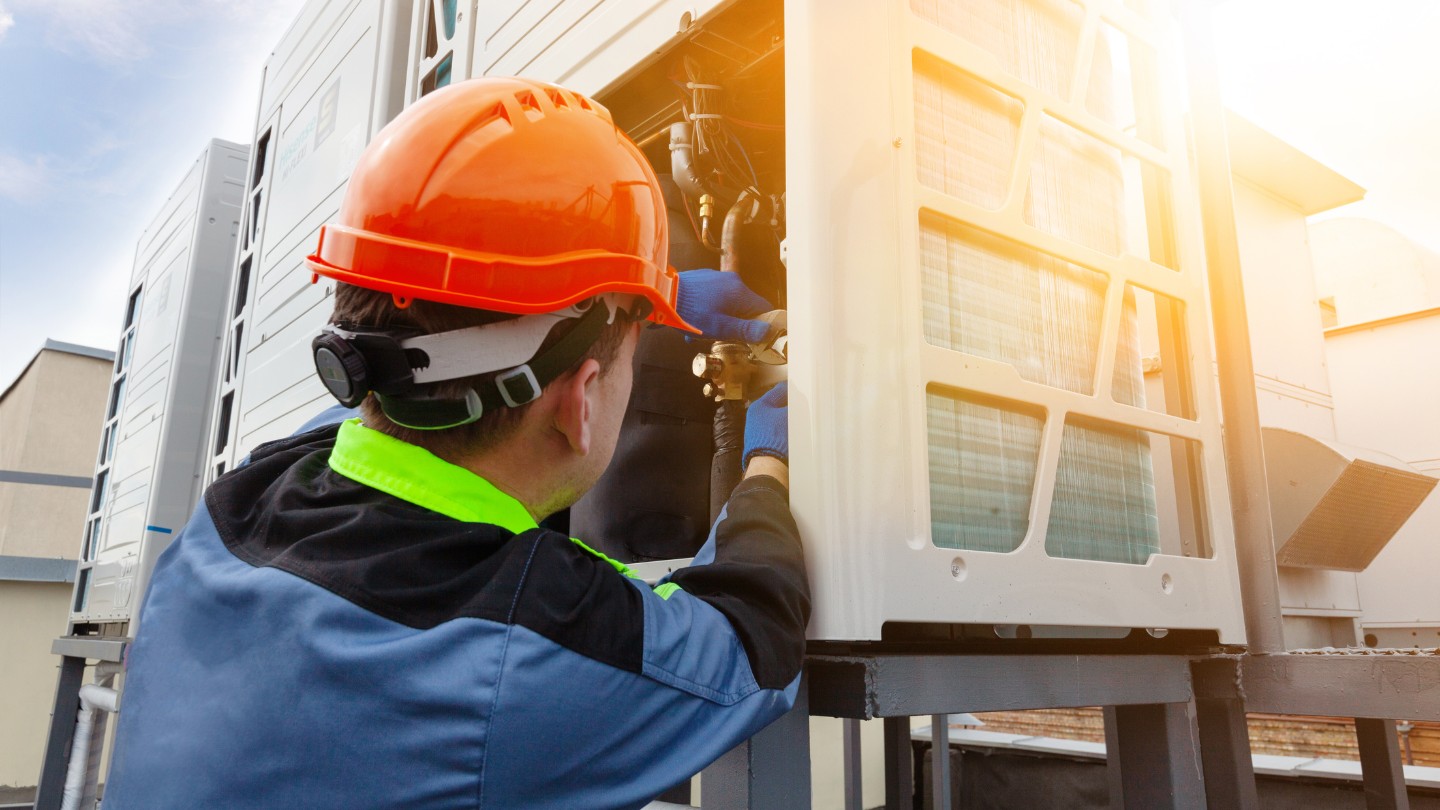
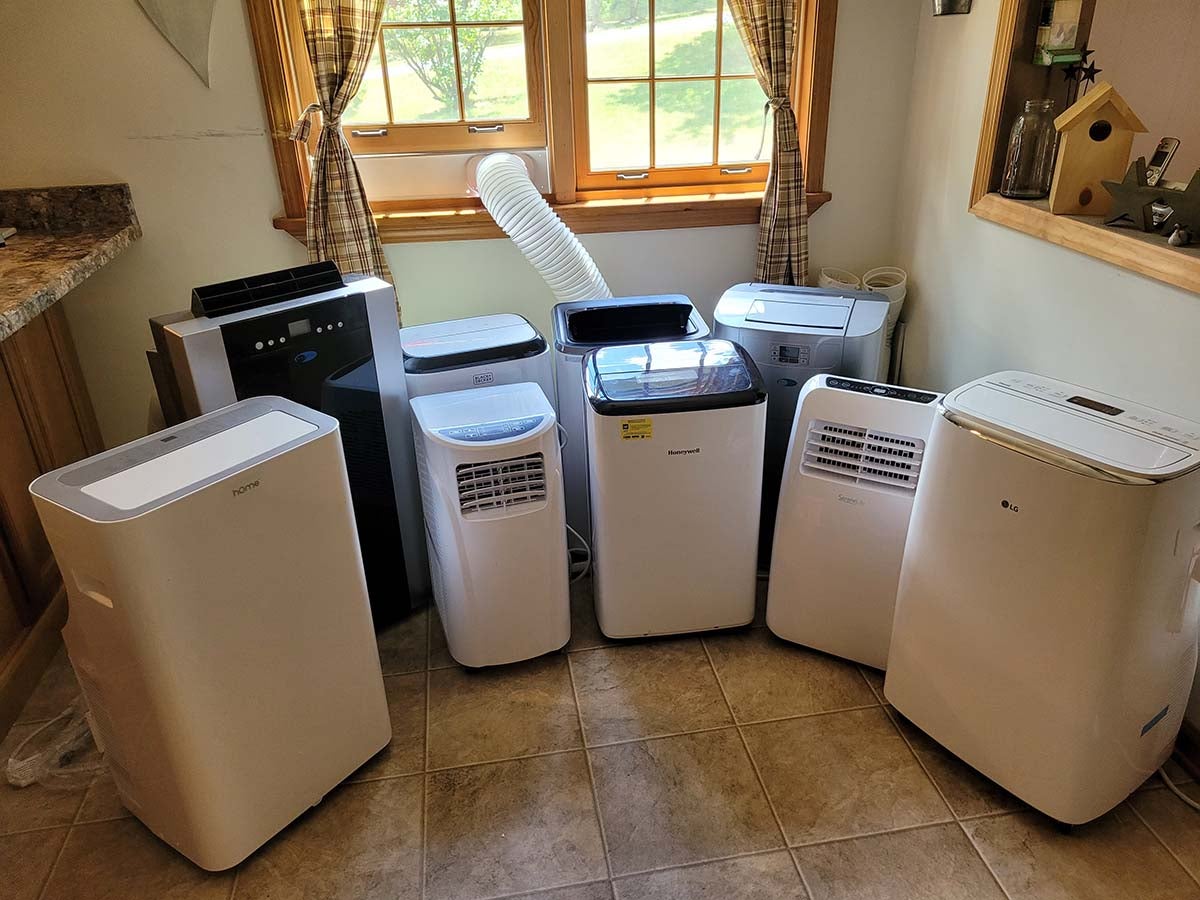
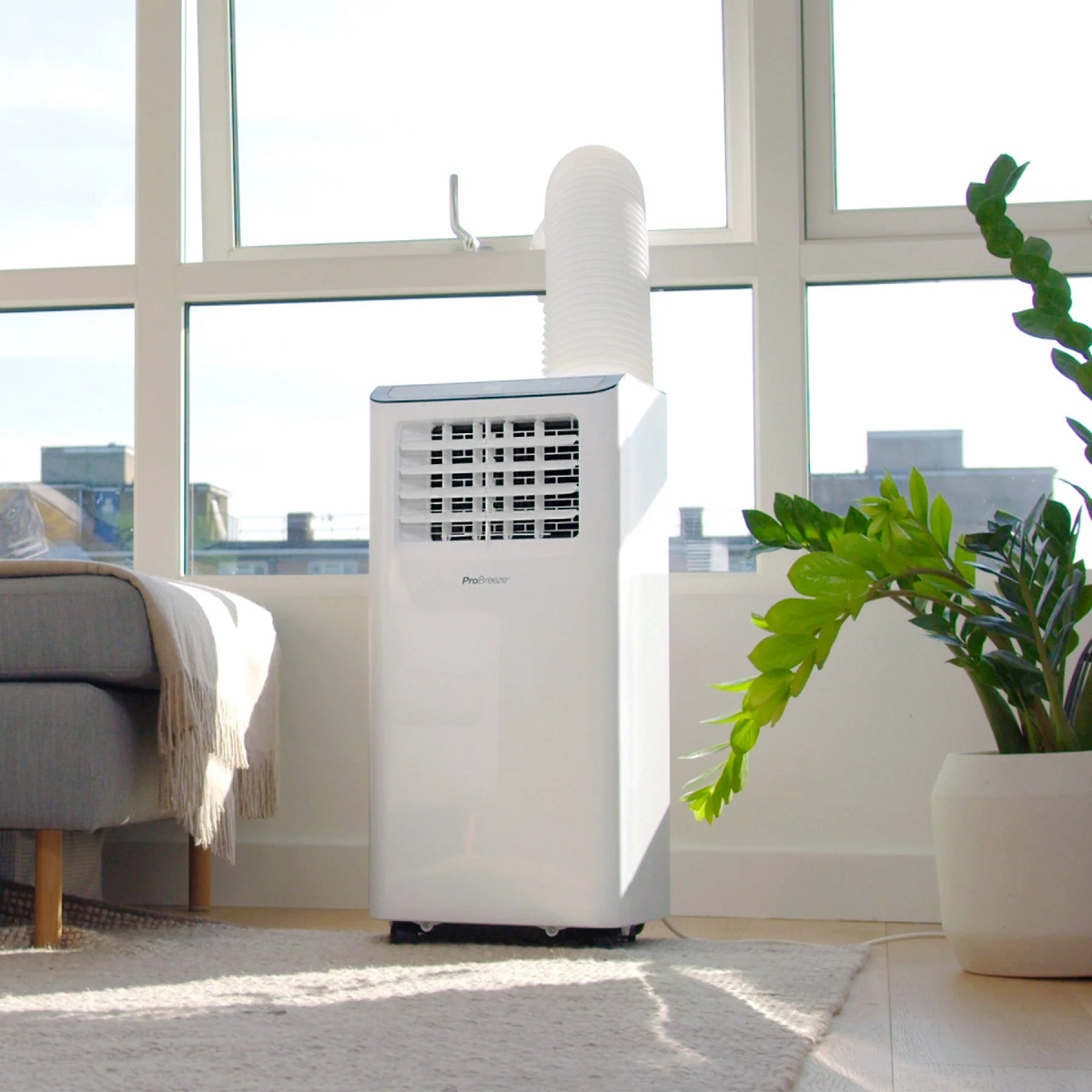
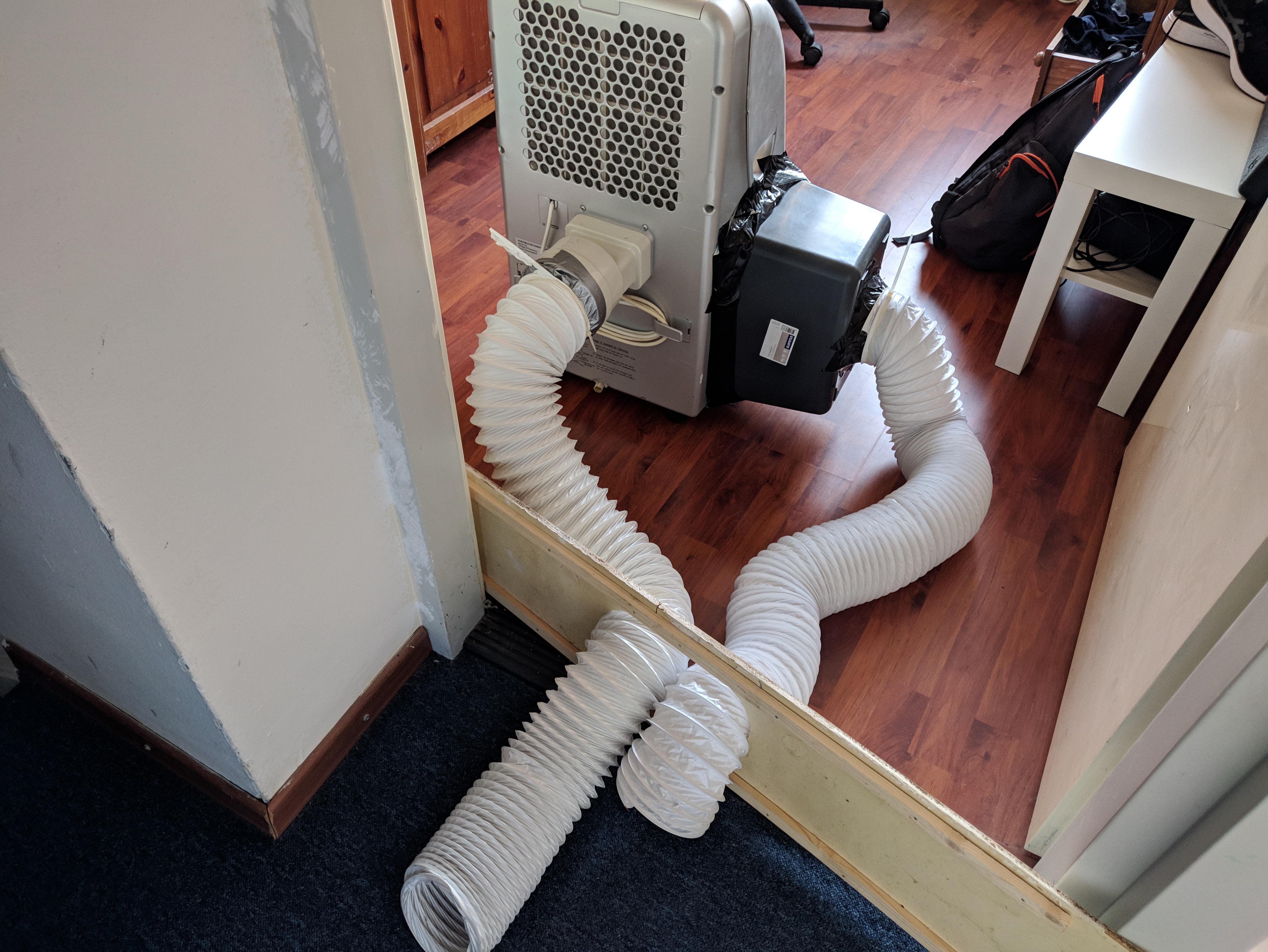
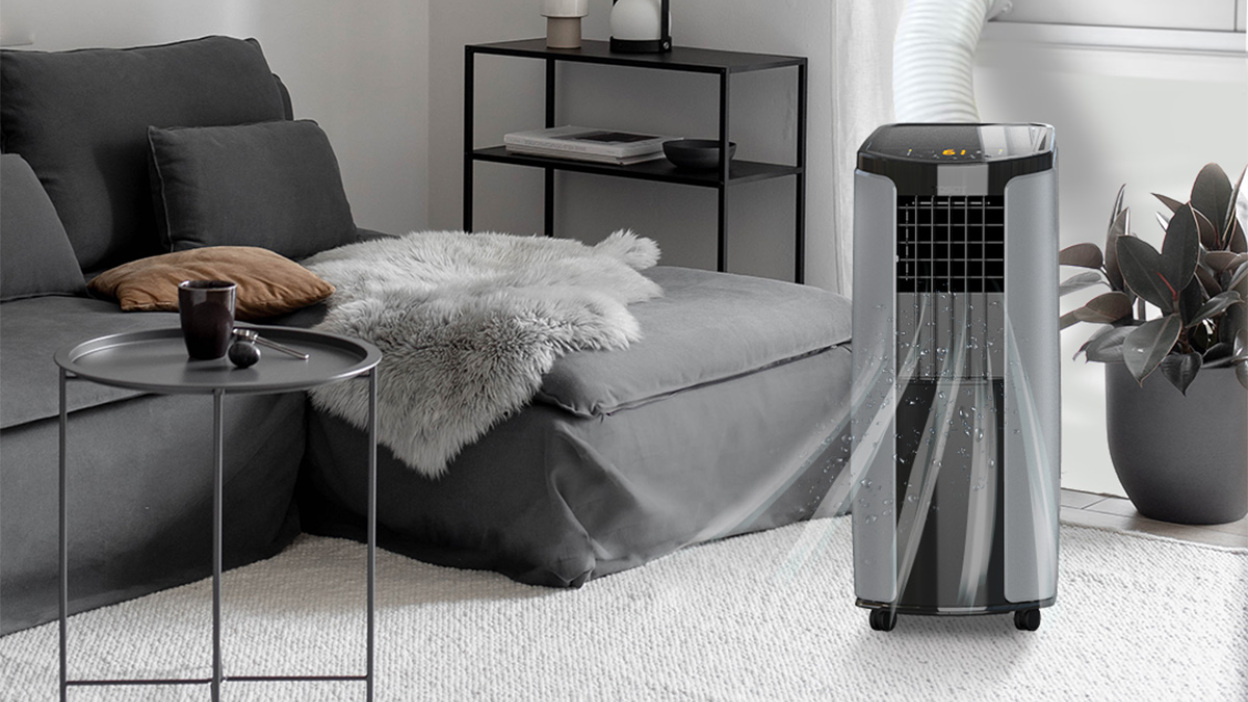
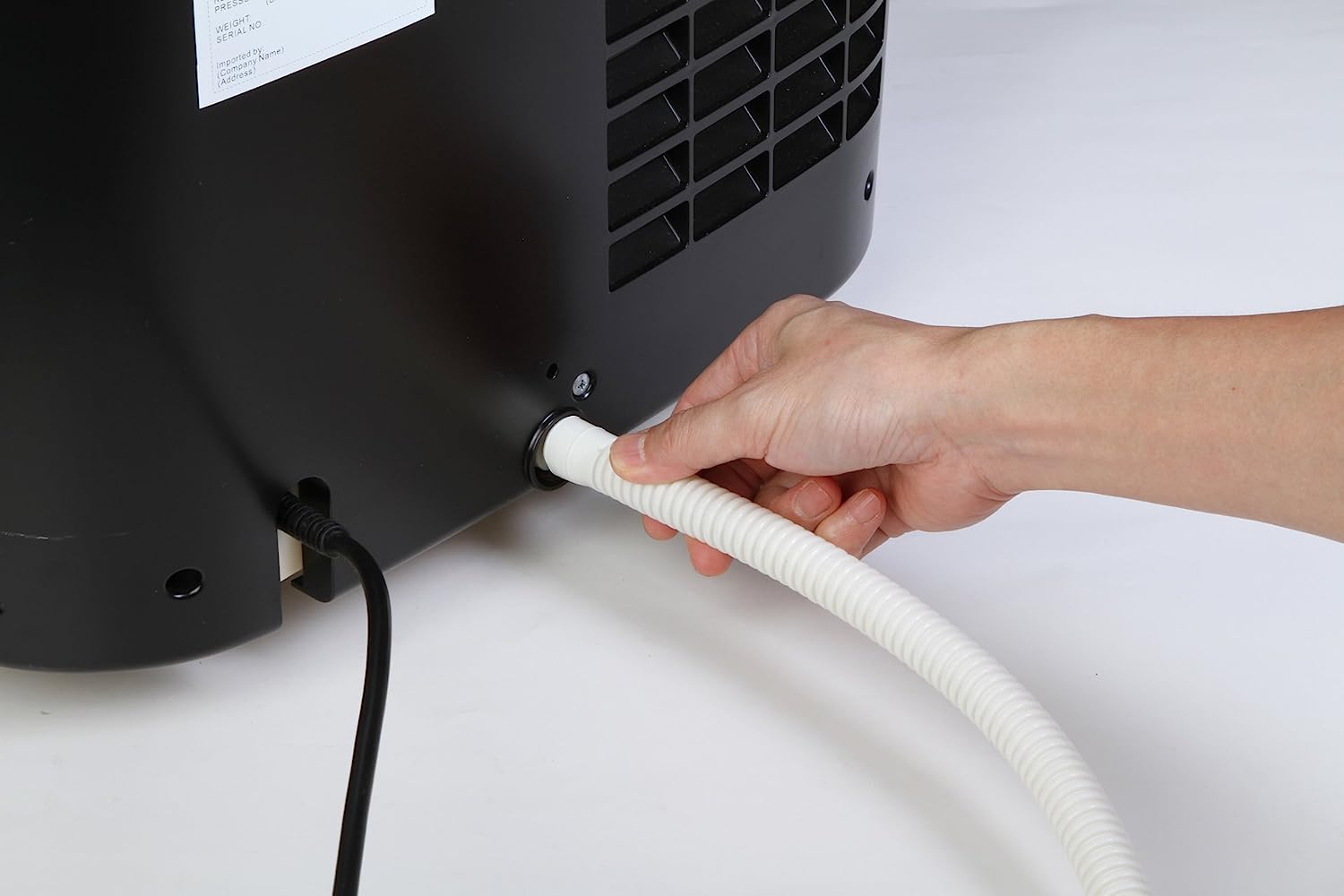

0 thoughts on “How Do Portable AC Units Work”